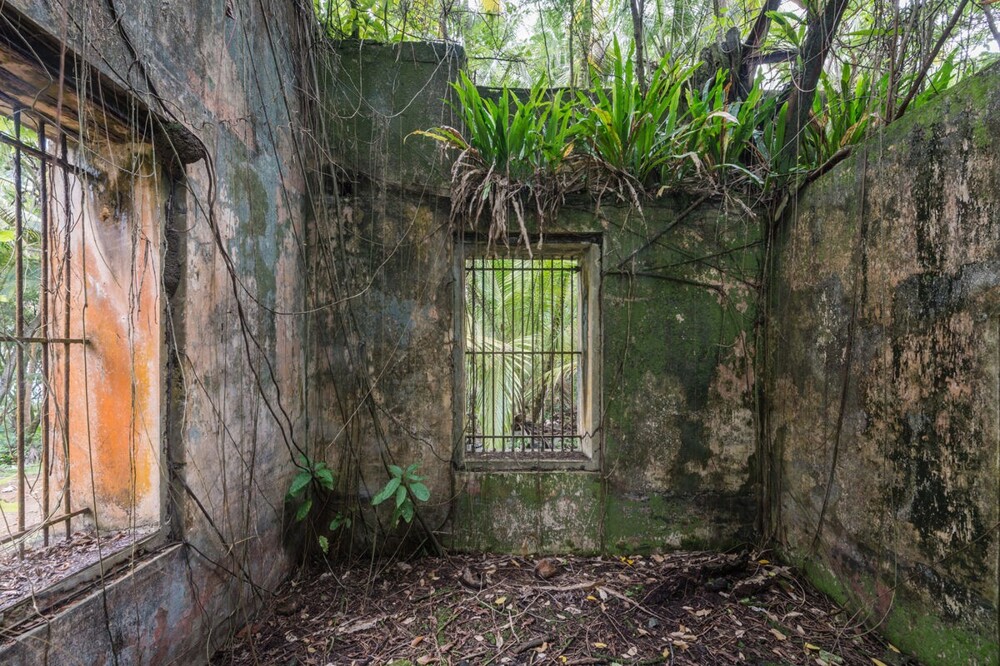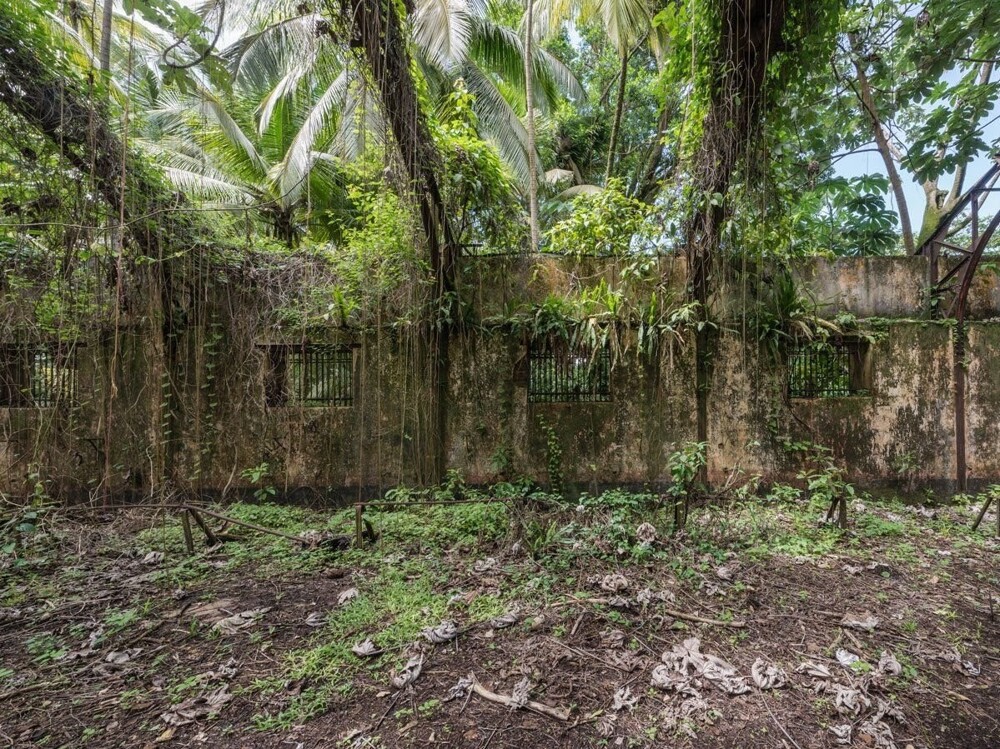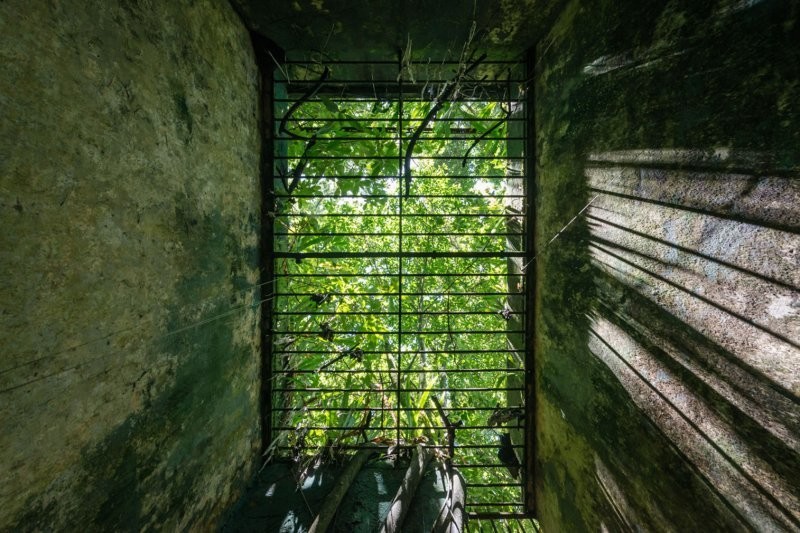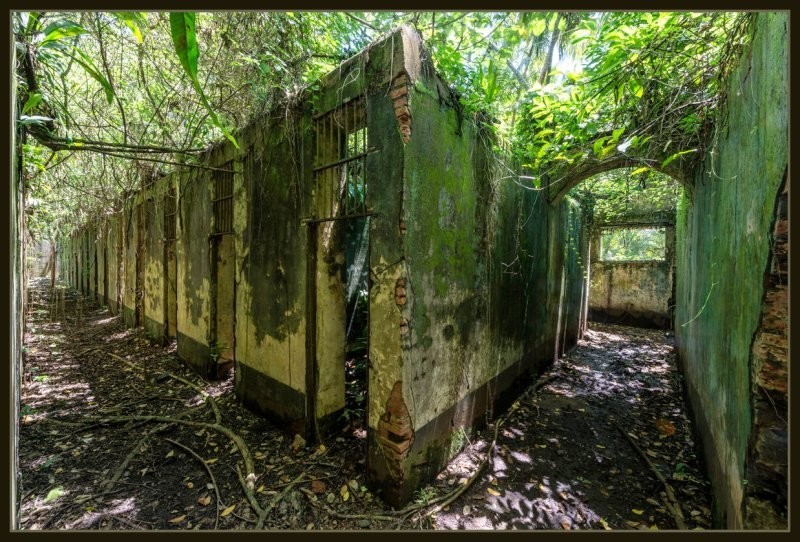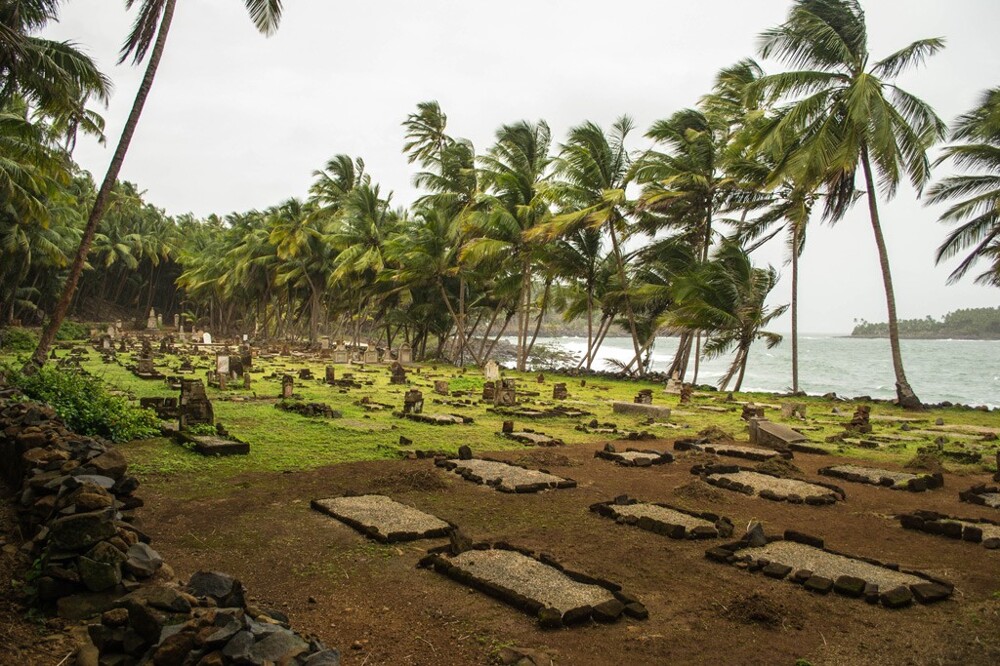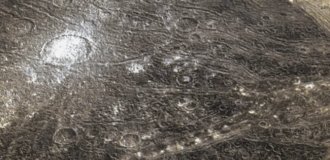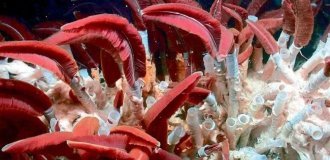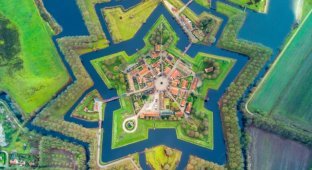Devil's Island - heavenly underworld (14 photos)
The islands located off the coast of French Guiana are, without exaggeration, paradise. Lush forests thrive in humid conditions, and the blue waters off the coast seem to hug the land, reminiscent of a clear belt of refreshing tide. 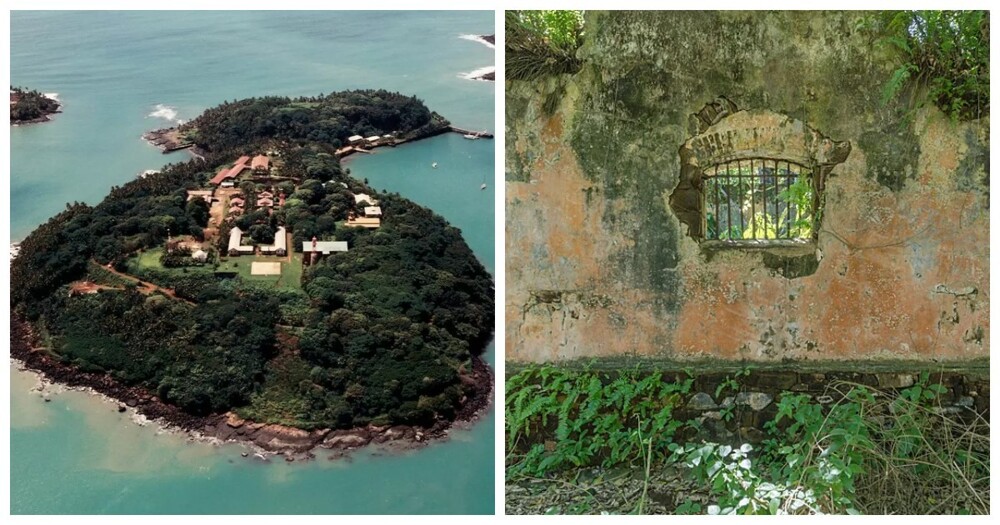
But a short trip into the past shows the other side - the dark side of Devil's Island and the French colony, thanks to which the tiny piece of land gained worldwide fame. 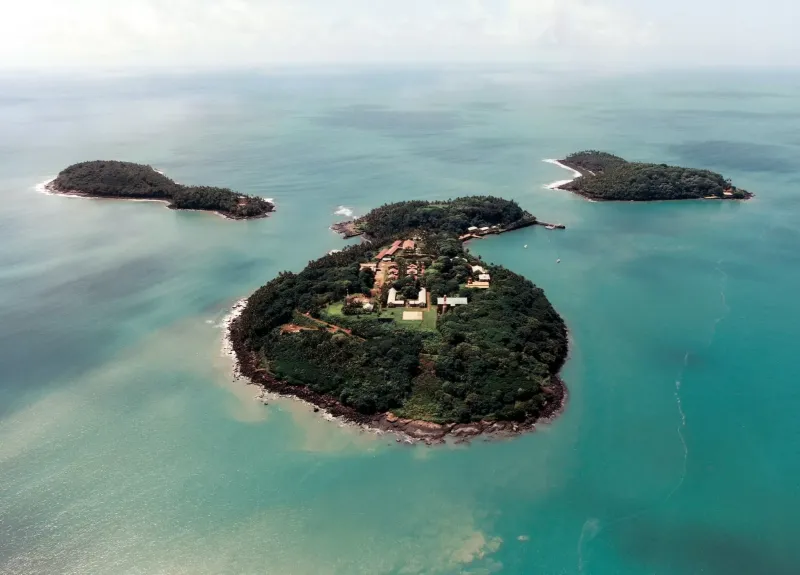
When Devil's Island was first discovered in 1852, it became a place of detention for everyone whom Emperor Napoleon III wanted to take out of the country. It so happened that the prison was opened just in time to house several hundred Republicans who opposed Napoleon's rise to power. In addition to political prisoners, Devil's Island became home to many ordinary hardened criminals. And at its peak it became home to 80,000 murderers, thieves and other dangerous characters. 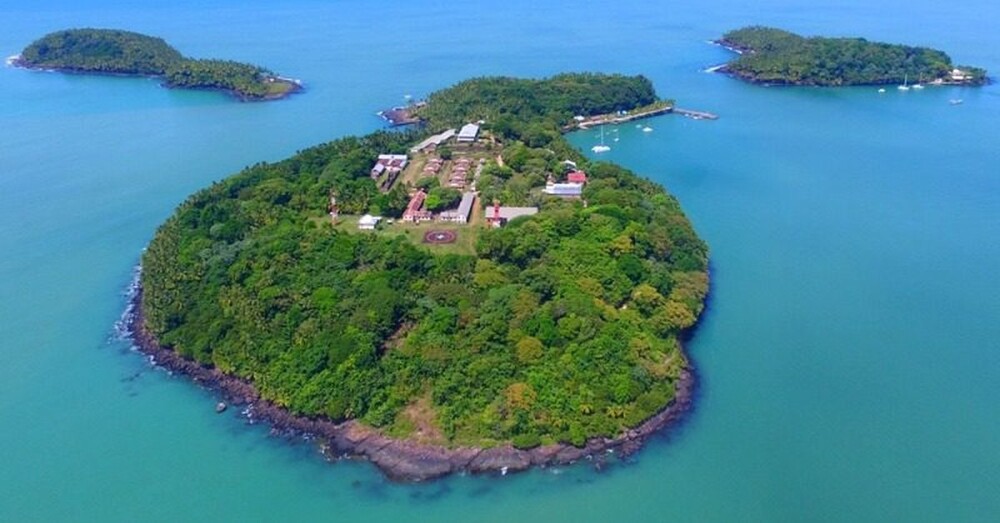
In addition to the cruel prisoners, the prison also became known for its truly hellish conditions of detention. People had to follow very strict rules. The prisoners were kept in dark cells; they were strictly forbidden to talk, smoke, read, or even just sit until dark.
They were kept alone in a tiny cell with a lattice ceiling. This device allowed the guards to closely monitor them from the footbridge. The guards wore soft-soled shoes in order to approach silently and take the prisoners by surprise at any time. The prisoners were required to remain completely silent. A conversation with a guard or even just an attempt to start one often ended in another punishment. 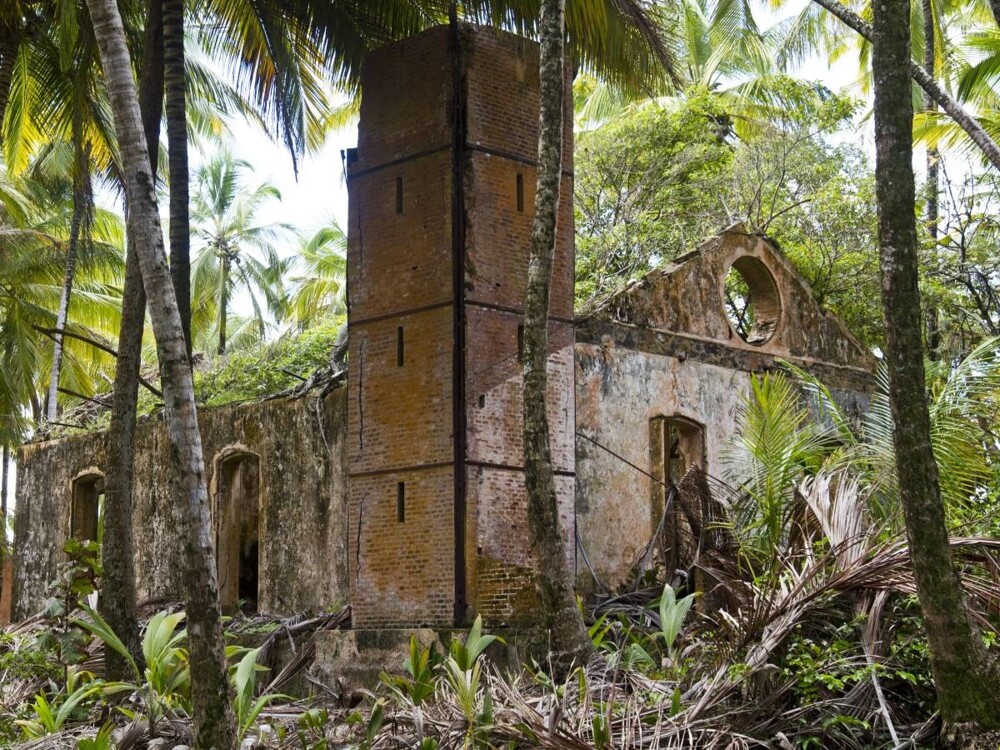
In the terrible living conditions, every third prisoner died from diseases characteristic of this area, as well as for other reasons, the most common of which were hunger and violence.
The summer heat contributed to the development of diseases, and sharks circled the island. And those few fugitives who managed to break free were either never heard of, or they became legends, embellished by reports of cannibalism in the Guiana jungle. 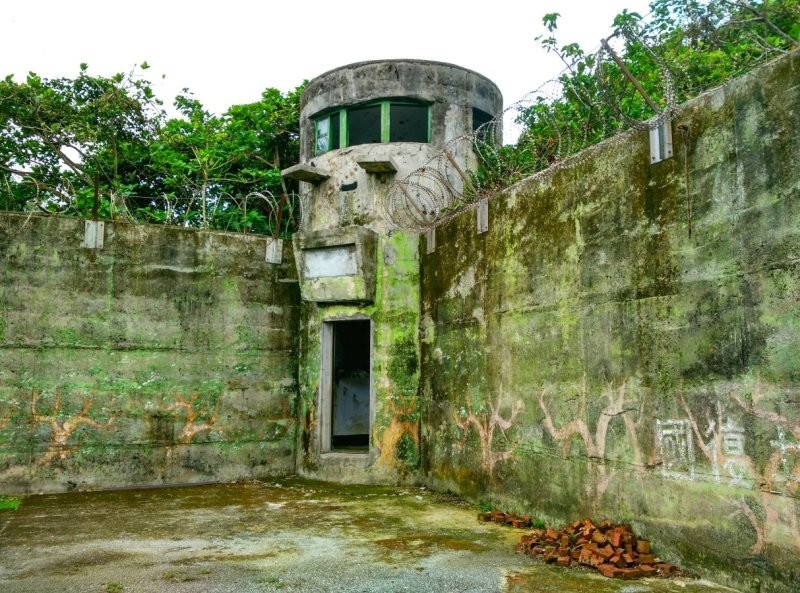
Eventually, these terrible living conditions became known to the general public. And in 1938 the prison system ceased to exist. However, the penal colony on the island was liquidated only after World War II, finally closing in 1946. After this, there were several attempts to use the island: a summer camp, a police station, a vegetable oil factory, and even a shark factory. But all these endeavors were unsuccessful. In the end, the island, covered in dark stories, was abandoned, and the buildings were gradually swallowed up by nature. 
Some of the island's colonial buildings have been restored and opened to tourists to explore its oppressive history. Today, the remains of the colony serve as a reminder of the cruelty and violence on the island. Although many of the ruins have been destroyed by nature and the elements, tourists are allowed to explore the lifeless remains of the once terrible Devil's Island. 
